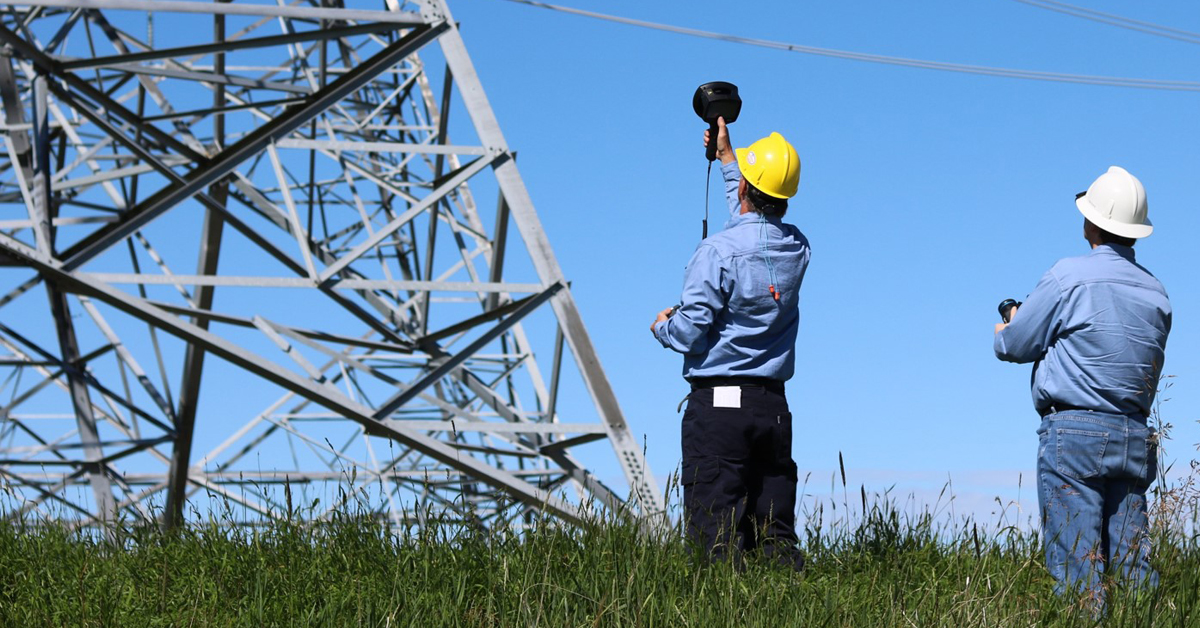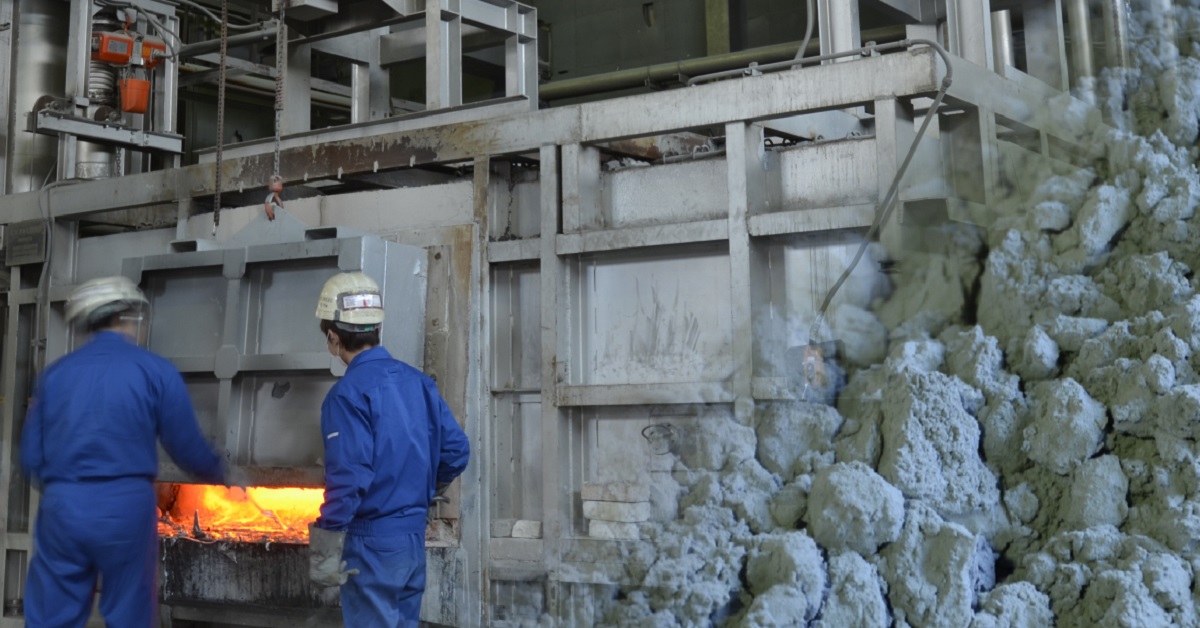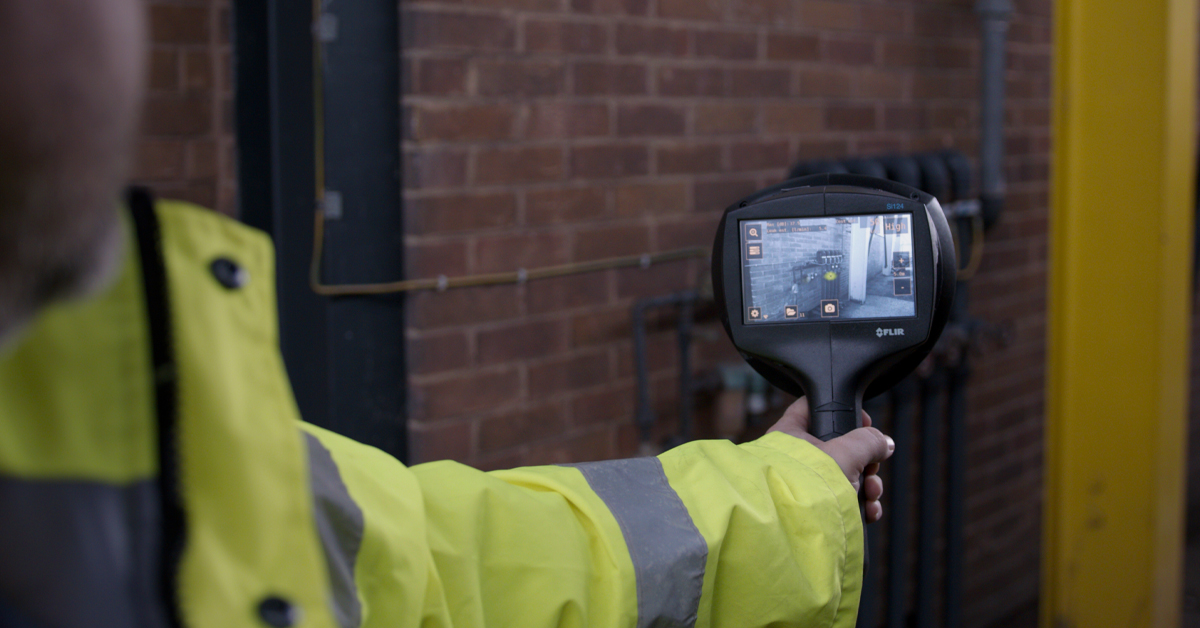Tire Manufacturing: How Acoustic Imaging Cameras Help Detect Compressed Air Leaks

Tire manufacturing is a critical industry that demands high levels of efficiency and safety. Compressed air is a crucial component in the tire manufacturing process. It is used for a wide range of applications, including powering pneumatic tools, inflating tires, and cleaning machinery. However, compressed air leaks can lead to significant inefficiencies, safety hazards, and quality issues in tire manufacturing.
Traditionally, manufacturers have relied on visual inspections and handheld equipment to detect compressed air leaks. These methods are often time-consuming, unreliable, and difficult to perform on a large scale. However, recent developments in acoustic imaging camera technology have made it easier than ever before to detect compressed air leaks in tire manufacturing. In this article, we will explore the importance of detecting compressed air leaks in tire manufacturing and how acoustic imaging cameras can help.
Table of Contents
- Understanding Compressed Air Leaks in Tire Manufacturing
- The Advantages of Acoustic Imaging Cameras for Compressed Air Leak Detection in Tire Manufacturing
- Eight benefits of using an acoustic imaging camera for air leak detection in tire manufacturing
- Conclusion
- Frequently Asked Questions
Understanding Compressed Air Leaks in Tire Manufacturing
Compressed air leaks are a common problem in tire manufacturing. They can occur for several reasons, including worn-out seals, damaged pipes, and faulty valves. Compressed air leaks can have a significant impact on the efficiency of the tire manufacturing process. They can cause machines to work harder than necessary, which can result in increased energy consumption and decreased productivity.
In addition to their impact on efficiency, compressed air leaks can also pose safety hazards in tire manufacturing. Leaking compressed air can create an explosion hazard, which can lead to serious injuries or even fatalities. It is essential to detect compressed air leaks as quickly as possible to minimize their impact on the manufacturing process and reduce safety risks.
The Consequences of Compressed Air Leaks in Tire Manufacturing
Compressed air leaks can have significant consequences for tire manufacturers. Some of the most notable consequences include:
- Reduced efficiency: Compressed air leaks can cause machines to work harder than necessary, leading to increased energy consumption and decreased productivity.
- Increased costs: Compressed air leaks can result in increased energy consumption, which can lead to higher energy bills for manufacturers.
- Quality issues: Compressed air leaks can affect the quality of the tires being manufactured, leading to defects and potential recalls.
Traditional Methods for Detecting Compressed Air Leaks in Tire Manufacturing
One of the most commonly used methods is the use of leak detectors, also known as "sniffers." These devices detect the presence of compressed air leaks by detecting changes in pressure and sound. Sniffers are typically used in conjunction with visual inspections to identify leaks in hard-to-reach areas or areas with poor visibility.
Another common method used for detecting compressed air leaks is the use of leak spray. This method involves spraying a liquid solution over the area being tested and looking for bubbles. If bubbles appear, it indicates the presence of a compressed air leak. Leak spray is often used in conjunction with visual inspections and can be an effective method for identifying leaks in pipes, valves, and other equipment.
The Limitations of Traditional Leak Detection Methods in Tire Manufacturing
While these traditional methods can be effective, they also have several limitations. Visual inspections can be time-consuming and may not identify leaks in hard-to-reach areas or areas with poor visibility. Portable equipment, such as sniffers, can also be affected by external noise and may not be sensitive enough to detect small leaks. Leak spray can be messy and may not be effective in identifying leaks in certain types of equipment.
The Advantages of Acoustic Imaging Cameras for Compressed Air Leak Detection in Tire Manufacturing

Compressed air systems are used throughout the entire tire-making process and require regular inspections
Acoustic imaging cameras provide a more reliable and efficient method for detecting compressed air leaks in tire manufacturing. They work by detecting the sound of air escaping from a leak and converting it into a visual image. This technology allows manufacturers to identify leaks quickly and accurately, even in hard-to-reach areas or noisy environments.
Compared to traditional methods, acoustic imaging cameras offer several advantages:
- Quick and accurate detection: Acoustic imaging cameras can detect leaks quickly and accurately, reducing the time and effort required for leak detection.
- Non-invasive: Acoustic imaging cameras do not require physical contact with the equipment, making them less intrusive and more user-friendly.
- Easy to use: Acoustic imaging cameras are simple to operate and require minimal training to use effectively.
- Real-time data: Acoustic imaging cameras provide real-time data on leak detection, allowing manufacturers to identify and fix leaks quickly.
How Acoustic Imaging Cameras Work
Acoustic imaging cameras work by using an array of microphones to detect the sound of air escaping from a leak. The sound is then processed and converted into a visual image, which shows the location and size of the leak. This technology allows manufacturers to identify leaks quickly and accurately, even in noisy environments or hard-to-reach areas.
The images produced by acoustic imaging cameras can be analyzed in real-time, allowing manufacturers to take immediate action to fix leaks. Additionally, acoustic imaging cameras can be used to detect leaks in a wide range of equipment, including pipes, valves, and pneumatic tools.
Choosing the Right Acoustic Imaging Camera for Your Needs

FLIR Si124 Acoustic Imaging Camera
When choosing an acoustic imaging camera for tire manufacturing, it is essential to consider several factors, including:
- Detection range: The detection range of the camera should be appropriate for the size of the equipment being monitored.
- Sensitivity: The camera should be sensitive enough to detect even small leaks.
- Noise reduction: The camera should be able to filter out external noise to ensure accurate leak detection.
- Portability: The camera should be easy to move and position in different areas of the manufacturing facility.
For further guidance on things to look for when choosing an acoustic imaging camera for your tire manufacturing plant, this handy guide explains 7 things to look for in an acoustic imaging system.
Locating Compressed Air Leaks in Tire Manufacturing Using an Acoustic Imaging Camera

Compressed air leak detection with FLIR Si124 acoustic imaging camera
The FLIR Si124 acoustic imaging camera is an advanced ultrasonic solution for air leak detection. It is designed to find even the smallest leaks effortlessly and from a distance, making inspections safer and more efficient. Equipped with 124 microphones, the Si124 enables exceptional sensitivity and accuracy in finding even small leaks in noisy industrial settings, such as tire manufacturing plants.
The acoustic camera works by producing a precise acoustic “hot spot” that is superimposed in real time on top of a digital camera picture, which allows you to accurately pinpoint the source of the sound.
The Si124 is lightweight and portable, making it easy to use with only one hand. In addition, it provides real-time leak size and cost estimates using AI-driven analytics, which takes out the guesswork out of determining the urgency of repair actions.

FLIR Thermal Studio Suite with the Si-Series Plugin
Where the Si124 stands out from other acoustic imaging cameras is in terms of software. The ultrasonic air leak detection camera has the added advantage of FLIR Thermal Studio Suite desktop software. This intuitive software can help tire companies gain a further advantage by integrating thermal and acoustic imaging in a single report. This dual functionality enhances maintenance decision-making while eliminating the need to learn multiple software platforms.
Furthermore, the complimentary FLIR Acoustic Camera Viewer web-based software enables rapid image uploads via Wi-Fi for immediate analysis. This service provides users with valuable insights, such as the dimensions and energy costs of compressed air, enabling maintenance departments to prioritize repairs.
Saving on Compressed Air Costs in Tire Manufacturing with the FLIR Si124 Acoustic Imaging Camera
The FLIR Si124 can also save tire plants money. To estimate the potential energy a plant could save from detecting and repairing air leaks, in relation to the cost of the camera itself, the Si124-LD ROI Calculator can be used.
Eight benefits of using an acoustic imaging camera for air leak detection in tire manufacturing
- Automatically detects leaks by the sound they emit, even in loud industrial environments.
- Allows for leak detection in a wide field of view and from an extended range, thanks to its 124 microphones.
- Locates leaks up to 10 times faster than traditional methods.
- Analyzes leaks in real time, utilizing the processing power of its built-in AI.
- Saves up to 20–40% of all energy used for compressed air.
- Saves inspection time and costs.
- Provides safe and easy usage in industrial settings.
- Delivers ISO 50001-compatible reporting.
Conclusion
Acoustic imaging cameras for compressed air leaks are the way forward for tire manufacturing plants looking to increase efficiency and reduce costs. The FLIR Si124 acoustic camera offers a reliable solution to this problem, with its advanced ultrasonic technology, real-time analytics, and cloud-based reporting system. With its ability to locate leaks quickly and accurately, the FLIR Si124 can help tire manufacturers save money, improve productivity, and ensure quality control.
To learn more about the FLIR Si124 acoustic camera and how it can benefit your tire manufacturing plant, visit www.FLIR.com/si124 today.
Frequently Asked Questions
How does the FLIR Si124 acoustic camera detect air leaks in tire manufacturing plants?
The FLIR Si124 uses advanced ultrasonic technology to detect air leaks in tire manufacturing plants. It is equipped with 124 microphones that enable exceptional sensitivity and accuracy in finding even small leaks in noisy industrial settings.
How does the FLIR Si124 acoustic imaging camera help tire manufacturers save energy?
The FLIR Si124 can save tire manufacturers up to 20-40% of all energy used for compressed air. By detecting and repairing leaks quickly, the camera helps reduce energy waste and increase energy efficiency.
Does the FLIR Si124 acoustic imaging camera calculate the air leak size?
Indeed, the camera is capable of estimating the size of a leak. The leak size estimation algorithms have been fine-tuned through collaboration with major companies specializing in pneumatics.
Additionally, FLIR offers customized leak size solutions for customers with high security requirements or those who wish to utilize their own proprietary "leak size estimation" algorithms and curves. FLIR technology is adaptable to a wide range of environments, ensuring maximum versatility for our customers.
How small of a leak can the FLIR Si124 acoustic imaging camera detect?
The ability to detect a leak depends on various factors such as the environment and distance from the leak. In typical factory settings, leaks as small as ~< 1 L/min are detectable.
Can the FLIR Si124 be used in other industries besides tire manufacturing?
Yes, the FLIR Si124 can be used in any industry that utilizes compressed air systems, such as aerospace, mining operations, and pulp and paper mills.


